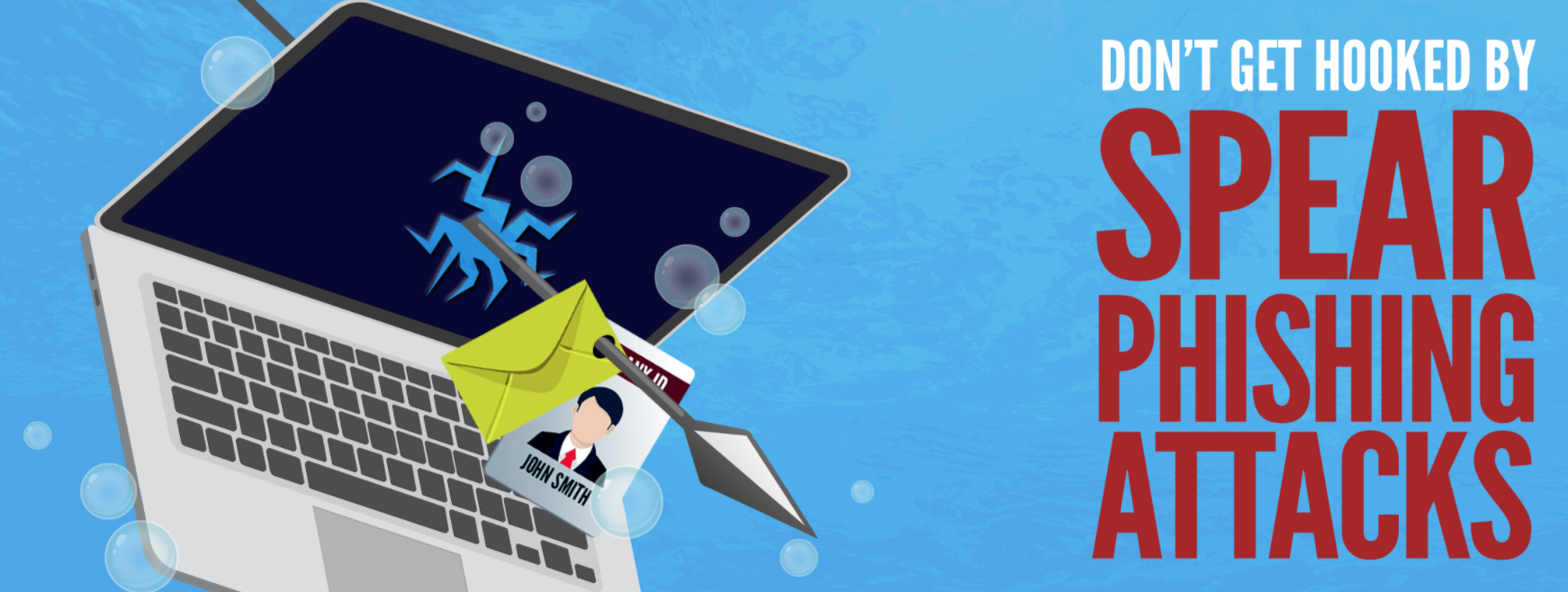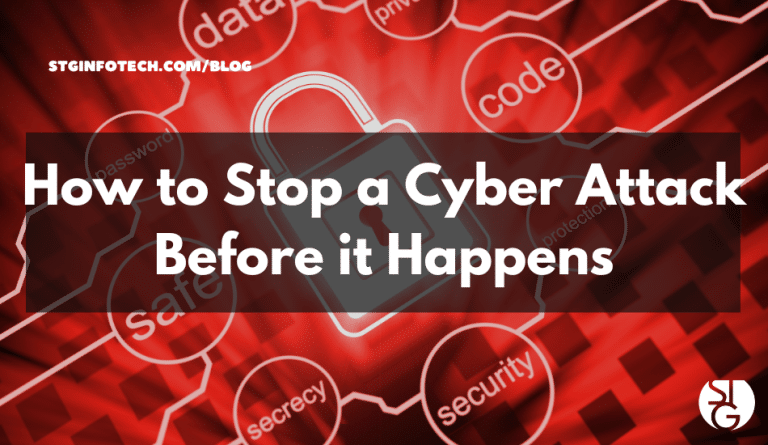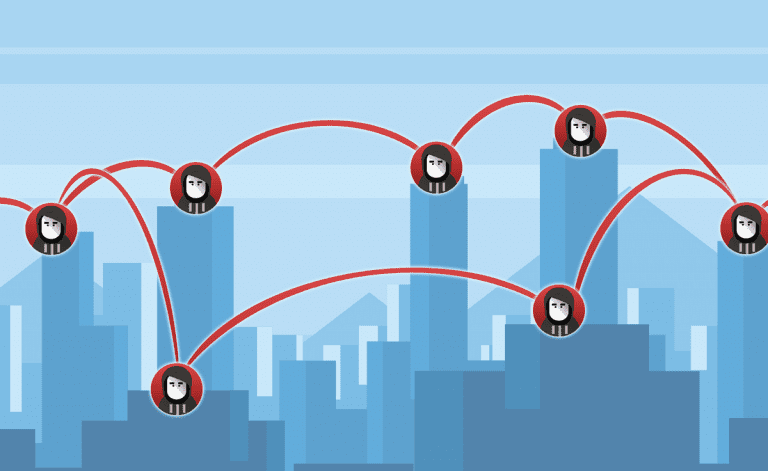Spear phishing is a highly targeted form of phishing attack where cybercriminals craft personalized, deceptive emails or messages aimed at specific individuals or organizations.
Unlike generic phishing campaigns that cast a wide net hoping to catch random victims, spear phishing attacks are meticulously researched and tailored to appear legitimate to their specific targets.
The term “spear” refers to the precision and targeted nature of these attacks, much like a spear is aimed at a specific target rather than thrown randomly. These attacks exploit human psychology and trust by impersonating trusted contacts, colleagues, or legitimate organizations to trick victims into divulging sensitive information, clicking malicious links, or downloading harmful attachments.
How Spear Phishing Differs from Regular Phishing
Generic Phishing
Traditional phishing attacks are broad, mass-distributed campaigns that use generic templates sent to thousands or millions of recipients. These emails typically:
- Use generic greetings like “Dear Customer” or “Dear Sir/Madam”
- Contain obvious spelling and grammar errors
- Request generic information like “verify your account”
- Target common services like banks, social media platforms, or email providers
- Have low success rates but compensate through volume
Spear Phishing
Spear phishing attacks are highly targeted and personalized campaigns that:
- Address victims by name and reference specific personal or professional details
- Demonstrate knowledge of the victim’s role, organization, or recent activities
- Use professional language and proper grammar
- Reference current events, company news, or industry-specific information
- Have much higher success rates due to their personalized nature
- Require significant research and preparation time
The Anatomy of a Spear Phishing Attack
Phase 1: Target Selection and Reconnaissance
Target Identification: Attackers select specific individuals based on their access to valuable information, financial resources, or system privileges. Common targets include:
- C-level executives and senior management
- Finance and accounting personnel
- IT administrators and system administrators
- Human resources staff
- Employees with access to sensitive data or systems
Information Gathering: Attackers conduct extensive research on their targets using:
Social Media Intelligence: Mining platforms like LinkedIn, Facebook, Twitter, and Instagram for personal and professional information, including job titles, company relationships, recent activities, and personal interests.
Corporate Websites: Studying company websites, press releases, and news articles to understand organizational structure, recent developments, and business relationships.
Professional Networks: Analyzing business connections, conference attendance, and industry involvement to understand professional relationships and communication patterns.
Public Records: Researching publicly available information such as property records, business filings, and court documents to build comprehensive target profiles.
Technical Reconnaissance: Gathering technical information about the target organization’s systems, email servers, and security practices through various means.
Phase 2: Attack Vector Development
Email Spoofing: Attackers create emails that appear to come from trusted sources by:
- Spoofing sender addresses to impersonate colleagues, business partners, or service providers
- Using similar domain names that closely resemble legitimate organizations
- Employing display name spoofing to make emails appear legitimate in email clients
Content Crafting: Messages are carefully crafted to:
- Reference specific, recent events or conversations the target would recognize
- Use appropriate tone and language consistent with the impersonated sender
- Include legitimate-looking logos, signatures, and formatting
- Create urgency or authority to prompt quick action without careful consideration
Payload Preparation: Attackers prepare malicious components such as:
- Malware-infected attachments disguised as legitimate documents
- Links to credential-harvesting websites that mimic legitimate login pages
- Links to malware download sites or exploit kits
- Embedded scripts or macros in documents that execute when opened
Phase 3: Attack Execution
Timing: Attackers carefully time their attacks to maximize success probability:
- Sending emails during busy periods when targets are more likely to act quickly
- Coordinating with real events or deadlines that add credibility to urgent requests
- Targeting times when IT security teams may have reduced coverage
Social Engineering Techniques: Attackers employ various psychological manipulation tactics:
Authority: Impersonating senior executives or important business partners to leverage hierarchical respect and compliance tendencies.
Urgency: Creating artificial time pressure to prevent careful consideration of the request’s legitimacy.
Trust: Leveraging established relationships and shared experiences to lower the target’s guard.
Fear: Threatening negative consequences for non-compliance or delayed response.
Curiosity: Using intriguing subject lines or content that compel the target to investigate further.
Phase 4: Exploitation and Persistence
Once the initial attack succeeds, attackers typically:
Credential Harvesting: If the target entered credentials on a fake website, attackers immediately test these credentials on legitimate systems to gain unauthorized access.
Malware Installation: If the target downloaded and executed malicious attachments, attackers establish persistent access to the victim’s system through:
- Remote access tools (RATs) that provide ongoing system control
- Keyloggers that capture sensitive information like passwords and communications
- Backdoors that allow future access even if the initial vulnerability is patched
Lateral Movement: Using compromised credentials or systems to access additional resources within the target organization:
- Accessing email systems to gather intelligence and identify additional targets
- Moving to file servers and databases containing sensitive information
- Escalating privileges to gain administrative access to critical systems
Data Exfiltration: Systematically identifying and stealing valuable information such as:
- Intellectual property and trade secrets
- Customer data and personal information
- Financial records and banking information
- Strategic business plans and competitive intelligence
Common Spear Phishing Scenarios
CEO Fraud (Business Email Compromise)
Attackers impersonate company executives to trick employees into:
- Transferring funds to attacker-controlled accounts
- Providing sensitive company information
- Bypassing normal approval processes for urgent requests
- Sharing employee personal information for fake HR purposes
Example: An attacker researches a company’s CEO and CFO, then sends an email appearing to come from the CEO to the accounting department requesting an urgent wire transfer for a “confidential acquisition deal.”
Vendor Impersonation
Attackers impersonate trusted business partners or service providers to:
- Request payment to new bank accounts
- Obtain access credentials for shared systems
- Deliver malware through routine business communications
- Gather intelligence about business relationships and processes
Example: An attacker impersonates a regular supplier and sends an invoice with updated banking information, requesting that future payments be sent to an attacker-controlled account.
IT Support Impersonation
Attackers pose as internal or external IT support personnel to:
- Request login credentials for “system maintenance”
- Trick users into installing malicious software disguised as security updates
- Gain remote access to systems under the pretense of technical support
- Harvest information about internal systems and security practices
Example: An attacker calls an employee claiming to be from IT support, explaining that they need the employee’s password to fix a critical security issue affecting the company’s email system.
Legal or Compliance Threats
Attackers impersonate legal authorities, regulatory bodies, or compliance officers to:
- Create fear and urgency around fake legal issues
- Request sensitive information for fabricated investigations
- Trick victims into paying fake fines or penalties
- Obtain access to systems under the guise of regulatory compliance
Example: An attacker sends an email appearing to come from a regulatory agency, claiming the company is under investigation and demanding immediate access to financial records to avoid penalties.
Why Spear Phishing Is So Effective
Exploitation of Human Psychology
Trust and Authority: Humans naturally tend to trust communications that appear to come from known contacts or authority figures, making them more likely to comply with requests without thorough verification.
Cognitive Overload: In busy work environments, people often process information quickly and rely on mental shortcuts, making them more susceptible to well-crafted deceptive messages.
Social Proof: When attackers reference mutual contacts or shared experiences, they leverage the psychological principle of social proof to increase credibility.
Reciprocity: Attackers may pose as individuals who have previously helped the target, exploiting the natural human tendency to reciprocate favors.
Technical Sophistication
Advanced Evasion Techniques: Modern spear phishing attacks employ sophisticated methods to bypass security systems:
- Using legitimate file-sharing services to host malicious content
- Employing URL shorteners and redirects to obscure malicious destinations
- Utilizing compromised legitimate websites to host credential-harvesting pages
- Implementing time-delayed attacks that activate after security scans are complete
Multi-Stage Attacks: Sophisticated campaigns may involve multiple phases:
- Initial reconnaissance emails that don’t contain malicious content but gather information
- Follow-up attacks that reference previous communications to build trust
- Coordinated attacks across multiple communication channels (email, phone, social media)
Organizational Vulnerabilities
Information Accessibility: The wealth of information available through social media, corporate websites, and public records provides attackers with extensive intelligence for crafting convincing attacks.
Communication Patterns: Predictable business processes and communication patterns allow attackers to time their attacks and craft messages that align with expected business activities.
Hierarchical Structures: Corporate hierarchies can be exploited through impersonation of authority figures, as employees are naturally inclined to comply with requests from superiors.
Technology Dependencies: Heavy reliance on email and digital communications creates numerous opportunities for attackers to insert themselves into legitimate communication flows.
Detection and Prevention Strategies
Technical Controls
Email Security Solutions: Deploy advanced email security platforms that can:
- Analyze sender reputation and authentication records
- Detect domain spoofing and display name manipulation
- Identify suspicious links and attachments through sandboxing
- Correlate threat intelligence to identify known attack patterns
- Implement machine learning algorithms to detect anomalous communication patterns
Multi-Factor Authentication (MFA): Implement MFA across all systems to ensure that even if credentials are compromised, attackers cannot easily gain unauthorized access.
Endpoint Detection and Response (EDR): Deploy EDR solutions that can:
- Monitor for suspicious file execution and network connections
- Detect and isolate malware infections in real-time
- Provide forensic capabilities for incident investigation
- Implement behavioral analysis to identify anomalous user activities
DNS Filtering: Implement DNS filtering to block access to known malicious domains and prevent communication with command-and-control servers.
Email Authentication Protocols: Properly configure SPF, DKIM, and DMARC records to prevent email spoofing and improve the ability to detect fraudulent messages.
Administrative Controls
Security Awareness Training: Implement comprehensive, ongoing security awareness programs that:
- Educate employees about spear phishing tactics and red flags
- Conduct simulated phishing exercises to test and reinforce learning
- Provide regular updates about emerging threats and attack techniques
- Create a culture where employees feel comfortable reporting suspicious communications
Verification Procedures: Establish clear procedures for verifying unusual requests:
- Require out-of-band verification for financial transactions and sensitive data requests
- Implement approval workflows for high-risk activities
- Create standardized procedures for IT support requests
- Establish clear escalation paths for suspicious communications
Incident Response Planning: Develop and regularly test incident response procedures that address spear phishing attacks:
- Define roles and responsibilities for incident response team members
- Establish communication protocols for reporting and managing incidents
- Create procedures for containing and eradicating threats
- Develop recovery procedures to restore normal operations
Access Controls: Implement principle of least privilege access controls:
- Limit user access to only the systems and data necessary for their roles
- Regularly review and update access permissions
- Implement segregation of duties for sensitive operations
- Use privileged access management solutions for administrative accounts
Behavioral Controls
Culture of Security: Foster an organizational culture that prioritizes cybersecurity:
- Encourage employees to report suspicious activities without fear of retribution
- Recognize and reward security-conscious behavior
- Make cybersecurity everyone’s responsibility, not just the IT department’s
- Regularly communicate about security threats and protective measures
Verification Habits: Encourage employees to develop habits that reduce spear phishing risk:
- Always verify unusual requests through independent communication channels
- Be suspicious of urgent requests that bypass normal procedures
- Carefully examine sender addresses and look for signs of spoofing
- Hover over links to preview destinations before clicking
- Be cautious about downloading attachments, especially from unexpected sources
The Evolution of Spear Phishing
Artificial Intelligence and Automation
Modern spear phishing attacks increasingly leverage artificial intelligence and automation to:
- Generate more convincing and personalized content at scale
- Analyze social media and public information more efficiently
- Automate the reconnaissance phase of attacks
- Create deepfake audio and video content for more sophisticated social engineering
- Adapt attack strategies based on target responses and behaviors
Advanced Persistent Threats (APTs)
Nation-state actors and sophisticated criminal organizations use spear phishing as part of larger APT campaigns:
- Conducting long-term espionage operations against government and corporate targets
- Using spear phishing as an initial access vector for complex, multi-stage attacks
- Combining spear phishing with zero-day exploits and custom malware
- Targeting supply chains and third-party providers to reach ultimate targets
Mobile and Cloud Targeting
As organizations increasingly adopt mobile devices and cloud services, spear phishing attacks are evolving to target these environments:
- SMS-based spear phishing (smishing) targeting mobile device users
- Attacks targeting cloud-based email and collaboration platforms
- Mobile malware distributed through targeted app store campaigns
- Attacks exploiting cloud misconfigurations and shared responsibility models
Legal and Regulatory Considerations
Compliance Requirements
Many industries have specific regulations that address spear phishing and email security:
- Financial services must comply with regulations requiring customer authentication and fraud prevention
- Healthcare organizations must protect patient information under HIPAA requirements
- Government contractors must meet cybersecurity standards that address email threats
- International organizations must comply with data protection regulations like GDPR
Incident Reporting Obligations
Organizations may have legal obligations to report spear phishing incidents:
- Data breach notification laws requiring disclosure of compromised personal information
- Industry-specific reporting requirements for cybersecurity incidents
- Contractual obligations to notify business partners and customers
- Regulatory reporting requirements for financial and critical infrastructure sectors.
Ready to Get Started?
Let’s dive into your IT!
Schedule a free 15-minute Virtual Meeting with a Business Technology Specialist of STG Infotech and get a closer look into your IT challenges.
We will assess your current IT infrastructure and answer any questions you may have about IT Services or partnering with STG IT.




